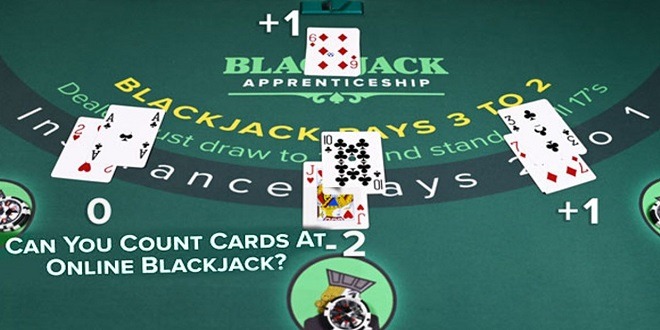Introduction to Card Counting
There have been many misunderstood and downright wrong card-counting concepts floated out to the general public by casinos and popular literature and film, the foremost of which is that card counting is against the law. Not so. It is perfectly legal. There are no laws that state you must stop using your brain once you enter a casino.
Now, yes, while it does seem that many people do stop using their brains in the castles of Lady Luck, doing so is a matter of choice and not some mandate of the gods, nature, or the state legislatures, whose members are voted in by people who likewise seem to have forsaken their brains when voting.
The Traditional Hi-Lo Card-Counting System
The Hi-Lo system tracks the 2s, 3s, 4s, 5s, and 6s, along with the 10-value cards and aces, giving them plus or minus points as they come out of the deck or shoe.
There are 20 plus cards and 20 minus cards. The count is at zero when the game begins. When more plus cards come out of the deck or shoe, the count will become favorable to the player. When more minus cards come out of the deck or shoe, the count will be unfavorable for the player. Naturally, having a deck that favors the player does not mean the player must automatically win the next hand. It simply means that the player is statistically more likely to make money over time when the deck or shoe contains more high cards.
Executing the Hi-Lo Count
Card counting using the traditional Hi-Lo system has you add the positive cards (2, 3, 4, 5, and 6) when they come out of the deck or shoe and subtract the negative cards (10, jack, queen, king, and ace) when they are dealt. The 7, 8, and 9 are neutral cards and are ignored. When the deck or shoe is at zero, what is the count when the following cards come out?
Player One: ace-10
Player Two: 5-6-7
Player Three: 7-4-6
Dealer: 8-2-5-3
Is this positive count of +5 enough to give the player the edge over the casino, or is it just not enough? Let’s see.
The Running Count and the True Count in Shoes and Single-Deck Games
The +5 count above is called the “running count” and indicates the number of plus and minus cards that have come out of the deck. However, to understand whether you have an edge or not, the player must bring into play his skills at division in order to arrive at the “true count.” It is the true count that tells a player whether he has an edge, how large that edge is, and what he should bet on that edge.
Betting Your Edge
The single-deck chart goes as high as five units, but the more you increase your bet in jumps, the better the chance the casino floor person or pit boss will wonder why you are doing so. Increasing your bet does not have to be done in whole numbers as shown above. You could go to two units on +1, and when the count jumps to +4 just go to three units, and if you win the hand—even if the count goes down to +2—you can then increase your hand to four units or 3.5 units, etc. Playing around with your bets in high counts can at times reduce your edge somewhat, but it can also allow you to stay at the tables for long periods of time.
Read More: pg slot
Lastly Comment
Basic-strategy players never take insurance, as it is a long-term losing bet. However, card counters will find that at certain high counts, insurance becomes a player-favorable bet. A Hi-Lo card counter should take insurance in single-deck games when the count is +2 or higher and in all multiple-deck games when the true count is +3 or higher. I have eliminated using fractions in assigning the numbers to insurance bets, and the above are ultra-safe levels.






